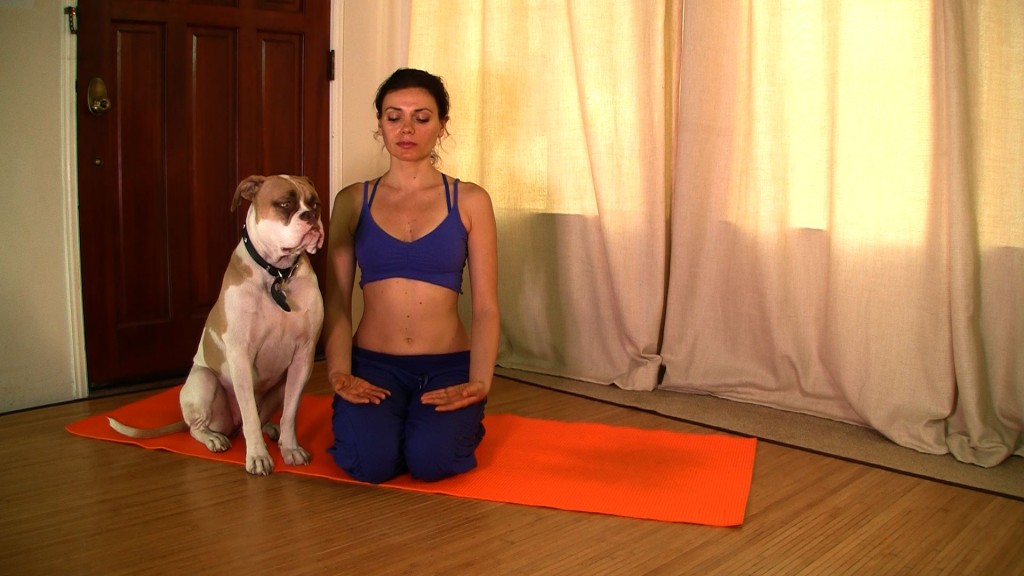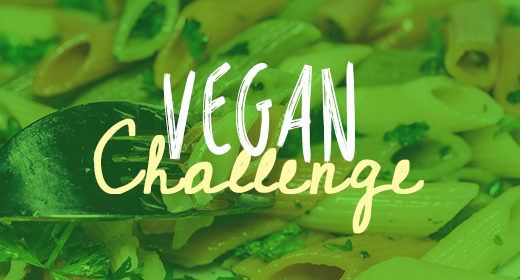Breath is Life. The Techniques and Benefits of Pranayama
by Laura Jones-Miller
The breath is a beautiful, a continuous flow. Breath is life. — As each level of pranayama is mastered…the ability to control breath becomes ever more refined. And…the more skilled we become at using our breath the deeper and richer our practice will become. Controlled breathing…pranayama… allows for longer endurance, deeper twists and bends, and a mental lightness that allows clearer focus and presence. Not to mention… all of that extra oxygen does miraculous things in our bodies.
Pranayama benefits
Pranayama can improve the overall health and the function of all the organs in the body. Pranayam is also considered to be a type of meditation. and an amazingly deep part of a yoga practice. Practicing the proper techniques of breathing can help you become more aware of your breath and therefore pranayama benefits are physical, emotional as well as spiritual. Some of the most common pranayama benefits are:
1. Improved breath control
2. Slower heart rate
3. Improved digestive health
4. Enhancement of kidneys, pancreas, intestines, diaphragm, lungs and heart function
5. Removal of toxins form the body
6 Strengthening of the immune system
7 Lowering of stress levels
8 Improved circulation
Pranayama should be practiced daily. It is an amazing warm-up…or cool down addition to your yoga practice!
The Bandhas
For a better understanding of pranayama and full benefit we first learn the bandhas.
1) First we begin at diaphragm (to bring awareness of the movement of the the diaphragm while breathing). This is evidenced by the belly rising on the inhale and sinking on the exhale. Later once this awareness and ability is integrated we learn three part breath (yogic breathing). First the belly inflates, rises, and widens; then the ribs, and then the upper portion of the lungs. On exhalation the reverse occurs. One should notice how the ribs attach to the sternum in front and the spine to the back and how the breath lengthens the spine and moves the heart. This is the foundation of pranayama.
This is Ali s class on Pranayama and Meditation. In this 10 minute video…Ali demonstrates the basic three part breath used in the beginning phase of pranayama.
Alternate Nostril Breathing
2) Next is alternate nostril breathing with variations. These are all pretty basic. Further phases will require retention of the breath. The more advanced pranayamas are taught in alignment with more advanced levels of yoga. The more advanced pranayamas will involve holding of the breath in increased increments of time. Advanced Pranayama is amazing for bringing ones focus inward. This allows for deeper meditation and breath capacity when practicing the asanas. As we progress we will find our breath can remain calmer even during the most taxing practice.
Technique for Alternate Nostril Breathing
1. Sit comfortably with your spine erect and shoulders relaxed. Keep a gentle smile on your face.
2. Place your left hand on the left knee, palms open to the sky or in Chin Mudra (thumb and index finger gently touching at the tips).
3. Place the tip of the index finger and middle finger of the right hand in between the eyebrows, the ring finger and little finger on the left nostril, and the thumb on the right nostril. We will use the ring finger and little finger to open or close the left nostril and thumb for the right nostril.
4. Press your thumb down on the right nostril and breathe out gently through the left nostril.
Now breathe in from the left nostril and then press the left nostril gently with the ring finger and little finger. Removing the right thumb from the right nostril, breathe out from the right.
5. Breathe in from the right nostril and exhale from the left. You have now completed one round of Nadi Shodhan pranayama. Continue inhaling and exhaling from alternate nostrils.
6. Complete 9 such rounds by alternately breathing through both the nostrils. After every exhalation, remember to breathe in from the same nostril from which you exhaled. Keep your eyes closed throughout and continue taking long, deep, smooth breaths without any force or effort.
Alternate nostril breathing helps relax the mind and prepares it to enter a meditative state. Doing a short meditation after practicing reverse nostril breathing is ideal. *** Do not force the breathing, keep the flow gentle and natural. Do not breathe from the mouth or make any sound while breathing. Also, do not use the Ujjayi breath.
Benefits
1. Excellent breathing technique to calm and center the mind and helps to bring the mind back to the present moment.
2. Works therapeutically for most circulatory and respiratory problems.
3. Promotes relaxation
http://youtu.be/J0vlj7qJkz4
Variations
Right Nostril Breathing
Right nostril breathing helps in stimulating the nervous system for energy. In Suryabhedana, the nostril used for inhalations is only the right one. When performing right nostril breathing you should inhale through the right nostril and forcefully breathe out through the left. When you hold the breath in, you should feel the breath filling the whole body (the diaphragm should fill like a balloon filling with air. This tecnique helps in reducing gas and excess mucus. It also increases circulation and body energy.
Ujjayi Breath
Ujjayi pranayama is so called breath because of the ocean sound produced. It is does as if one is making a Ha sound…like when fogging a mirror but with closed lips. And even though all pranayamas are done through the nose, it is helpful to begin practicing this one through the mouth. It involves contracting the glottis (1. The opening between the vocal cords at the upper part of the larynx) and breathing to make a vocal “Hahhhhh” sound.
Technique
1. Again assume sukhasana or any comfortable sitting posture.
2. While exhaling, begin to tone the back of the throat, slightly constricting the passage of air and make an “Hahhhhh” sound. Imagine you are misting up a mirror. First try with an open mouth and then repeat the hahhhh sound with closed lips.
3. Once you are comfortable with the exhalations, begin to apply the same toning of the throat to your inhalations
4. Starting with a few rounds, gradually increase to as often as required
5. The ultimate goal of Ujjayi is to utilize it throughout the active part of an asana practice. It will give you more energy and stamina. It also assist is keeping you from hyperventilating.
This pranayama helps clear the nasal passages and enhances the functioning of the thyroid gland. It is particularly beneficial in respiratory disorders like sinusitis, bronchitis and asthma. However, those suffering from High blood preasure are advised not to practice Ujjayi.
This is Ali s class on Ujjayi
Techniques for Breathe of Fire
Breath of fire is performed by quick expirations of breath. First come to any comfortable sitting position.
Close your mouth. Inhale and exhale deeply 20 times through the nostrils. Expand and contract your chest as you do so. A forcible hissing sound is produced when you practice this Pranayama.
1. Start with such forcible expulsions of breath one following the other in rapid succession.
2. After 20 such expulsions, take a deep inhalation then slowly exhale.
3. Start with 5 expulsions for a round and gradually increase to 10 or 15.
*** It will warms up the body.
https://www.facebook.com/l.php?u=https%3A%2F%2Fwww.youtube.com%2Fwatch%3Fv%3Dz1ybuftM89o%26spfreload%3D10&h=sAQFS2Gh-
Yogic Humming -Can be Used for Immediate Anxiety and Stress Relief
Yogic humming is a form of yoga that involves breathing while making a sound that is similar to that made by a buzzing bee. Yogic Humming is said to improve mental function and provide benefits to the ears, the nose and the eyes. It is also known to provide relaxation from stress, tension, high blood pressure and headaches. Begin in some sort of sitting position. . The lotus position is often used here.
Technique
1. The mouth is kept shut while inhaling through the nose.
2. Sit comfortably, keeping your back, neck and head in a straight line.
3. Close your ears with your thumbs and with the middle, ring and little fingers close your eyes. Index fingers on your forehead.
4. Now inhale to the count of 5.
5. Then exhale to the count of 10, producing a humming sound through your nostrils.
6. Fully concentrate on this sound.
7. Repeat the process 3 to 5 times, making the humming noise louder as you progress,
Gradually increase up to 10 rounds.
Yogic Humming helps soothe the nerves, improve mental health and ease tension, depression, fears, anxiety, stress, insomnia and restlessness. It is also known to have positive effects on the ears, nose, eyes and mouth and, over time, gives a glowing complexion. And since it promotes a clear voice it is highly recommended for singers.
Sitali – Panting
Sitali, meaning cool breath, is a Yoga breathing method that cools the body. Yogis likely have to thank animals for this one. Try it yourself to be the judge. Panting in heros pose or on hands and knees is recommended. It is simple. Stick your tougue and pant like a dog. That;’s it. It should cool you off and slow your breathing.
*Advanced Pranayama…Abdominal Massage and Breathing to Cleanse : Uddiyana Bandha, Nauli & Basti Yoga Breath
Nauli yoga is one of the 11 cleansing techniques in Yoga that are used to clear the pathways in the body, assisting the movement of spiritual energy, known as the “Prana” (life breath). Nauli breath give one a stomach and intestinal massage or an intestinal massage. Some of the benefits are:
1. The improvement of breathing capacity 2. Reducing chronic constipation problems
2. Increasing the awareness of a person’s physical center
3. Toning up and the strengthening of the muscles in the abdominal area
4. Stimulating the pancreas, kidneys, liver as well as the other organs in the digestive and urinary tract.
5. Strengthening the gastrointestinal system…aiding in better digestion
For full benefit…Nauli should be practiced daily.
Technique
In order to practice the Nauli Breathing, it is important to know the Uddyiana Bandha.The direction for Uddiyiana Bandha are:
1: Uddyiana Bandha – At the beginning, stand tall in Heros Pose with feet hips width apart.
The hands should rest on the thighs…flat palmed in a way that gives the spine a curve.
EXHALE COMPLETELY…even more than you think you can…force that last bit of breath out…and then pull the abdominal muscles in, contracting them, forcibly drawing them towards the spine . Your belly should be scooped inward toward the spine.
2: Draw all the abdominal muscles toward your center, contracting the right and left side of the abdomen. All the muscles should be in a vertical line, at the center
3: Alternating Sides…Right Side Nauli & Left Side Nauli
Contract the right side of the abdomen, so that the left side is allowed free. This should bring all the muscles to the left side of the abdomen.
Repeat the exercise, by contracting the left side of the abdomen so that the right side is free.
The first three stages of nauli should be mastered before moving on to the fourth stage.
4: Churning the stomach
The muscles in the abdomen should be brought to the center and then slowly they should be taken to the right and then the left
This practice should be repeated many times, first from the left to the right and then in a reverse cycle. The abdominal muscles should be felt, as they move from one side to the other, in a circular, churning motion
Controlled breathing is very beneficial as our regular breath tends to be fast and shallow…where it ought to be deep and slow……Pranayama greatly increase your oxygen intake…which can lead complications such as heart problems, sleep apnea, heartburn and fatigue. Lots of deep, oxygen filled breath is yet another amazing benefit of yoga
Here is to the loveley expansion of life through breath…inhale, exhale and lots of love…xoxox, L









